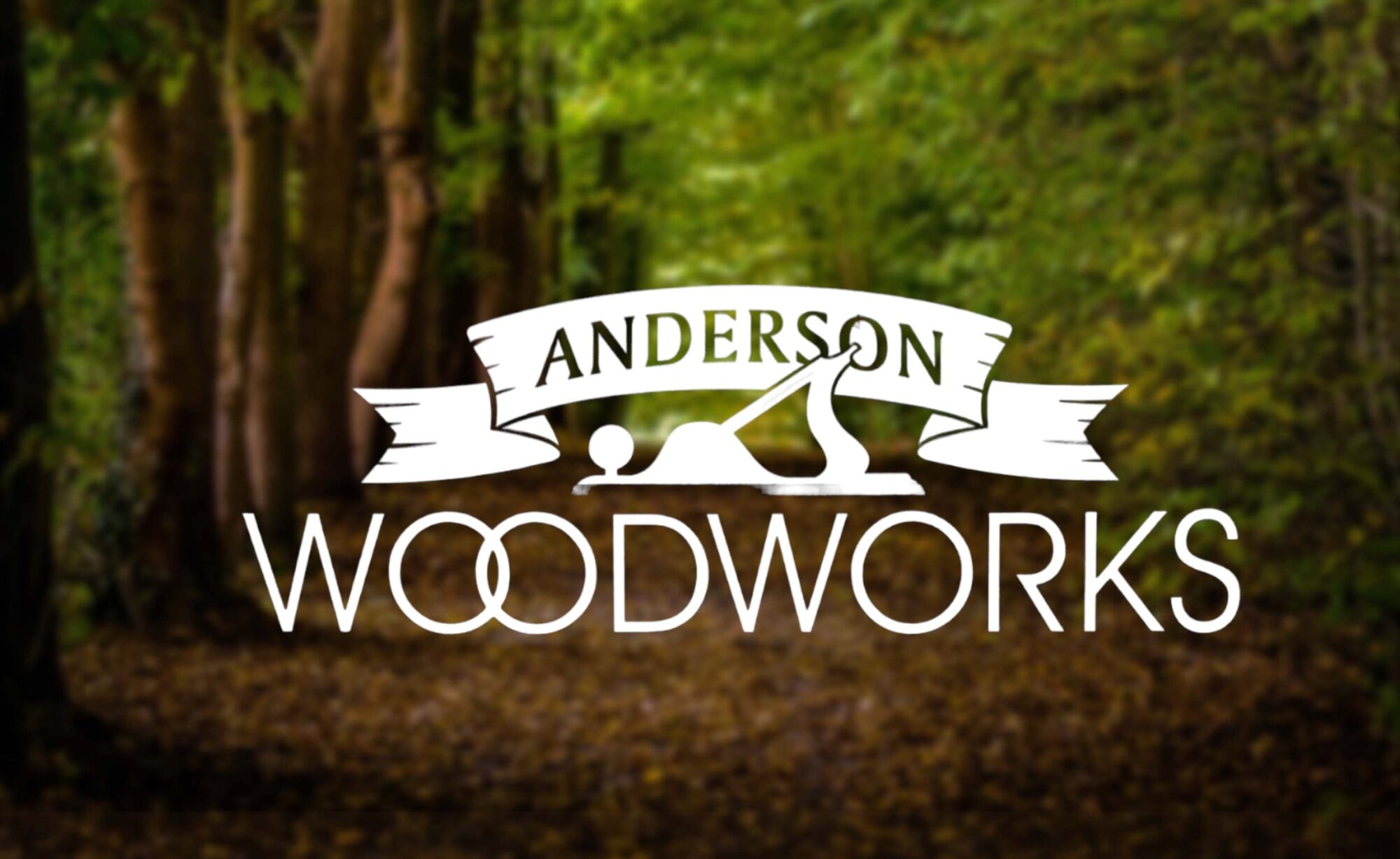
Introduction:
Politics and creativity, two seemingly disparate realms, are more intertwined than meets the eye. The influence of politics on creativity is a complex and multifaceted topic that warrants exploration. In this blog post, we will delve into the ways in which politics can both inspire and hinder creativity, examining the positive and negative effects that political systems and ideologies can have on the creative process. By understanding this intricate dance between politics and creativity, we can gain a deeper appreciation for the role they play in shaping our society.
Section 1: Politics as a Catalyst for Creativity
1.1. Inspiring Social Change: Politics as a Source of Inspiration
- The power of politics to bring attention to important social issues and spark conversations.
- How political movements and debates challenge the status quo and encourage innovative solutions.
- Examples of artists, writers, and thinkers who have been inspired by political events to create impactful works.
1.2. Fostering Diversity and Inclusion: The Role of Politics in Amplifying Voices
- The ability of politics to create space for diverse perspectives and voices to be heard.
- How political ideologies can encourage the exploration of new ideas and perspectives.
- Examples of political movements that have led to the celebration of marginalized voices in creative fields.
1.3. Resource Allocation: Politics and Funding for Creative Endeavors
- The impact of government policies on the availability of grants, scholarships, and support for artistic projects.
- How political decisions can shape the accessibility and affordability of creative education.
- Case studies of countries with robust funding mechanisms for the arts and the resulting impact on creativity.
Section 2: Politics as a Barrier to Creativity
2.1. Censorship and Oppression: Politics Restricting Freedom of Expression
- The chilling effect of political systems that impose censorship on artists and creators.
- Examples of artists who have faced censorship and limitations on their creative freedom.
- The role of political ideologies in stifling dissent and creative expression.
2.2. Polarization and Divisions: Politics Hindering Collaboration and Innovation
- The impact of political polarization on the ability of diverse voices and perspectives to be heard and celebrated.
- How political ideologies can create barriers to collaboration and hinder the exchange of ideas.
- Case studies of societies where political divisions have hindered creativity and innovation.
2.3. Cultural Policies: Politics Shaping the Creative Landscape
- The influence of political decisions on the cultural policies that shape the creative landscape.
- How political ideologies can favor certain artistic expressions over others, leading to homogeneity or exclusion.
- Examples of countries with restrictive cultural policies and their impact on creativity.
Conclusion:
The relationship between politics and creativity is a delicate dance, with politics serving as both a catalyst and a barrier to creative expression. While politics can inspire and foster innovation by bringing attention to social issues and amplifying diverse voices, it can also stifle creativity through censorship and restrictive policies. Understanding this complex relationship is crucial for both artists and policymakers, as it allows for the creation of environments that nurture and celebrate creativity. By embracing the positive aspects of politics while mitigating the negative, we can create a society that values and supports the creative endeavors that enrich our lives.
Discover more from Anderson’s fine furniture
Subscribe to get the latest posts sent to your email.
